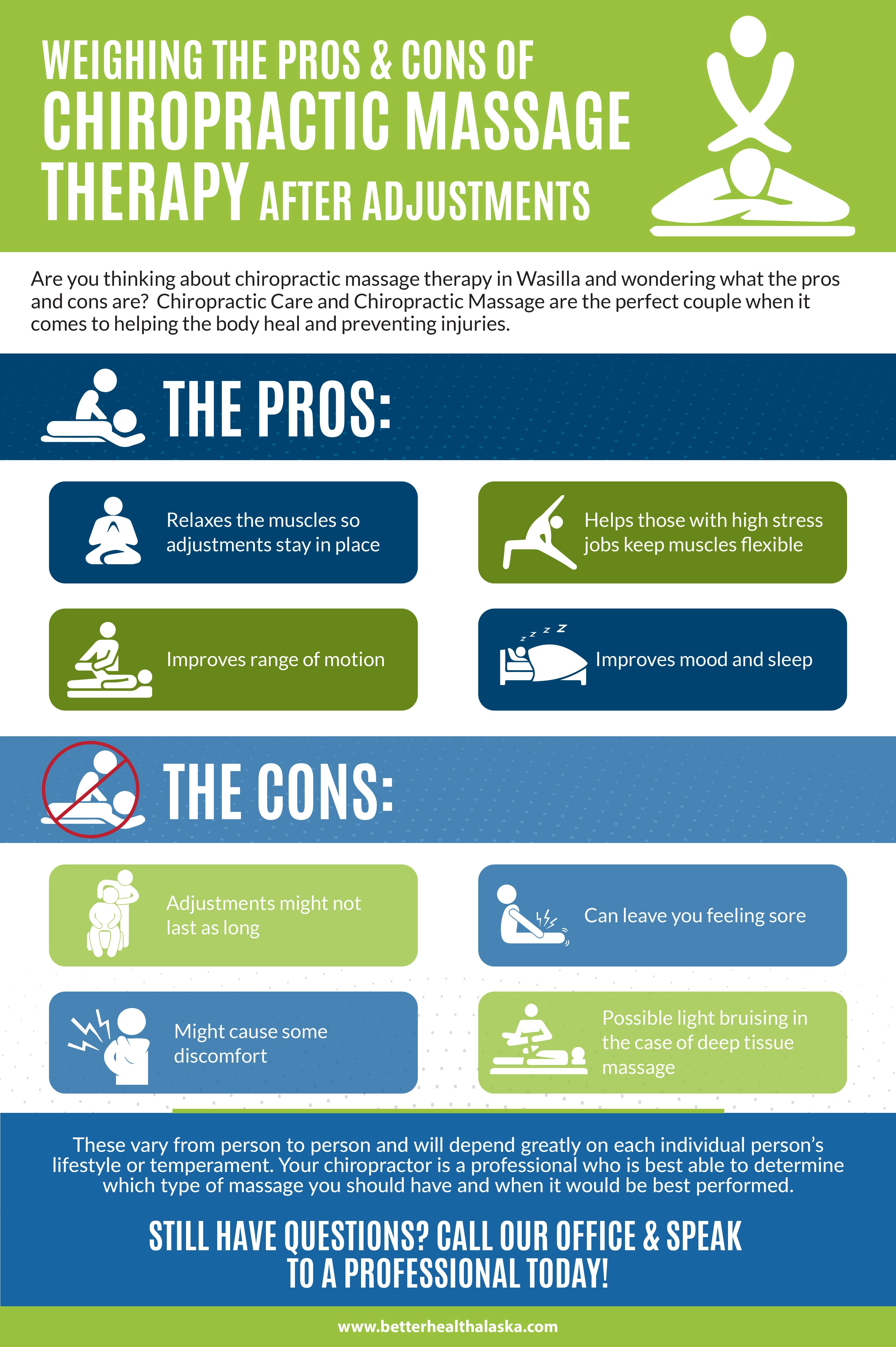Prepare Yourself To Check Out The Fascinating Mobile Communications Of Cold Laser Therapy And Its Usage Of Light For The Function Of Healing. Delve Even More Into The World Of Science!
Prepare Yourself To Check Out The Fascinating Mobile Communications Of Cold Laser Therapy And Its Usage Of Light For The Function Of Healing. Delve Even More Into The World Of Science!
Blog Article
Web Content Composed By-Castro Peters
You may have heard of cold laser treatment as an appealing therapy alternative for numerous conditions, but have you ever before questioned how it in fact deals with a mobile level? Understanding the devices behind this treatment can clarify its effectiveness in promoting recovery and reducing swelling. By exploring the scientific research behind cold laser treatment, you'll get insights into the fascinating methods which light can influence mobile procedures and help with tissue repair service.
Just How Cold Laser Treatment Functions
To understand just how cold laser treatment functions, you need to understand the fundamental principles of just how light energy interacts with organic tissues. Cold laser therapy, also referred to as low-level laser treatment (LLLT), utilizes certain wavelengths of light to pass through the skin and target hidden cells. Unlike the extreme lasers made use of in surgical procedures, cold lasers emit reduced levels of light that do not create heat or cause damages to the tissues.
When these gentle light waves reach the cells, they're absorbed by elements called chromophores, such as cytochrome c oxidase in mitochondria. This absorption triggers a collection of organic reactions, including raised mobile power production and the launch of nitric oxide, which improves blood flow and minimizes inflammation.
Additionally, the light energy can also promote the production of adenosine triphosphate (ATP), the power currency of cells, assisting in cellular fixing and regeneration procedures.
Essentially, cold laser treatment harnesses the power of light power to promote healing and ease pain in a non-invasive and gentle fashion.
Devices of Action
Just how does cold laser therapy in fact work to produce its restorative impacts on organic tissues?
Cold laser therapy, likewise referred to as low-level laser therapy (LLLT), operates with a procedure known as photobiomodulation. When the cold laser is applied to the skin, the light power passes through the cells and is absorbed by chromophores within the cells.
look at here , such as cytochrome c oxidase in the mitochondria, are then promoted by the light power, causing a cascade of biological responses. https://felixrmhav.eedblog.com/27923514/cold-laser-treatment-a-safe-and-reliable-alternate-to-conventional-pain-relief-techniques of activity is the enhancement of mobile metabolic rate.
The absorbed light energy boosts ATP manufacturing in the mitochondria, which is critical for mobile feature and repair service. Furthermore, cold laser treatment assists to decrease inflammation by hindering inflammatory mediators and promoting the release of anti-inflammatory cytokines.
This anti-inflammatory effect contributes to discomfort relief and tissue healing.
Restorative Impacts
Recognizing the therapeutic results of cold laser therapy includes acknowledging exactly how the improved cellular metabolic rate and anti-inflammatory residential or commercial properties contribute to its positive results on biological tissues.
When the cold laser is applied to the damaged location, it promotes the mitochondria within the cells, causing boosted production of adenosine triphosphate (ATP), which is vital for mobile feature and repair work. This boost in cellular energy increases the recovery procedure by advertising cells regrowth and reducing swelling.
Additionally, the anti-inflammatory residential properties of cold laser treatment aid to lower pain and swelling in the targeted area. By hindering inflammatory mediators and promoting the release of anti-inflammatory cytokines, cold laser therapy aids in relieving discomfort and improving the total healing feedback.
This reduction in inflammation not just supplies instant relief but additionally sustains long-lasting cells repair service.
Conclusion
To conclude, cold laser treatment functions by stimulating cellular repair service and tissue regrowth via photobiomodulation. Its anti-inflammatory properties supply pain alleviation and minimize swelling by inhibiting inflammatory mediators.
This therapy offers an extensive strategy to recovery, supplying both prompt alleviation and long-lasting cells repair work advantages.
Via its devices of action, cold laser therapy verifies to be an efficient and appealing treatment choice for a variety of problems.
